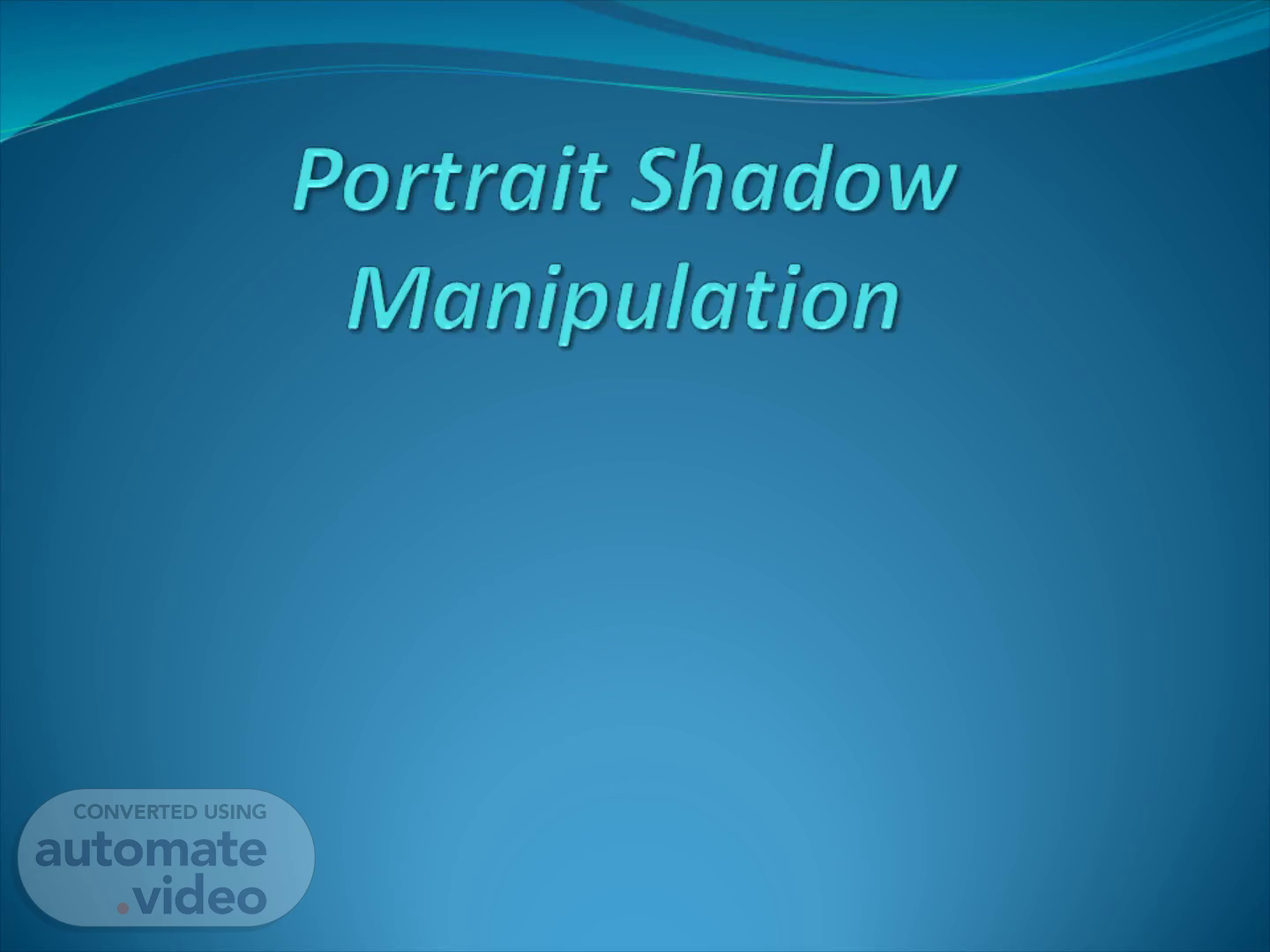
Page 1 (0s)
Portrait Shadow Manipulation.
Page 2 (34s)
Problems with image shadows. Casually-taken portrait photographs often suffer from unflattering lighting shadowing because of suboptimal conditions in the environment. the lighting ratio between the bright and dark parts of the face are frequently determined by the constraints of the environment.
Page 3 (1m 13s)
The approach relies on a pair of neural networks.
Page 4 (1m 50s)
Three specific lighting problems common. Foreign shadows. Facial shadows. Lighting ratios.
Page 5 (4m 6s)
Foreign shadows.. Input Images Light Color Variation Shape Variation Subsurface Scattering.
Page 6 (5m 38s)
Facial Shadows. construct dataset by emulating the scrims and bounce cards employed by professional photographers. render an image I simulating an arbitrary lighting environment with a simple linear combination of OLAT images.
Page 7 (6m 58s)
Lighting ratios. two machine learning models one trained for foreign shadow removal, One handling facial shadow softening and lighting ratio adjustment.
Page 8 (8m 3s)
Facial Symmetry. (a) Input Imaze (b) I)etected Landmarks (c) Mirrored Input (d) llnput - Mirrorl.
Page 9 (9m 30s)
. A visualization of an ablation study of their foreign shadow removal algorithm as different aspects of their foreign shadow synthesis model.
Page 10 (10m 39s)
The portrait relighting technique of Sun et al.. provides an alternative approach for shadow manipulation. However, applying this technique to input images that contain foreign shadows and harsh facial shadows.
Page 11 (11m 26s)
Limitation. (a) Some Err-detailed shalows (cast by luir) is visible in outp.n- 99 Highly symrrrtric facial slui»ws are less likely to be (c) Facul shadows 'tuy foreign åa&.ws arxi get removed..
Page 12 (11m 58s)
Thank you for your attention.